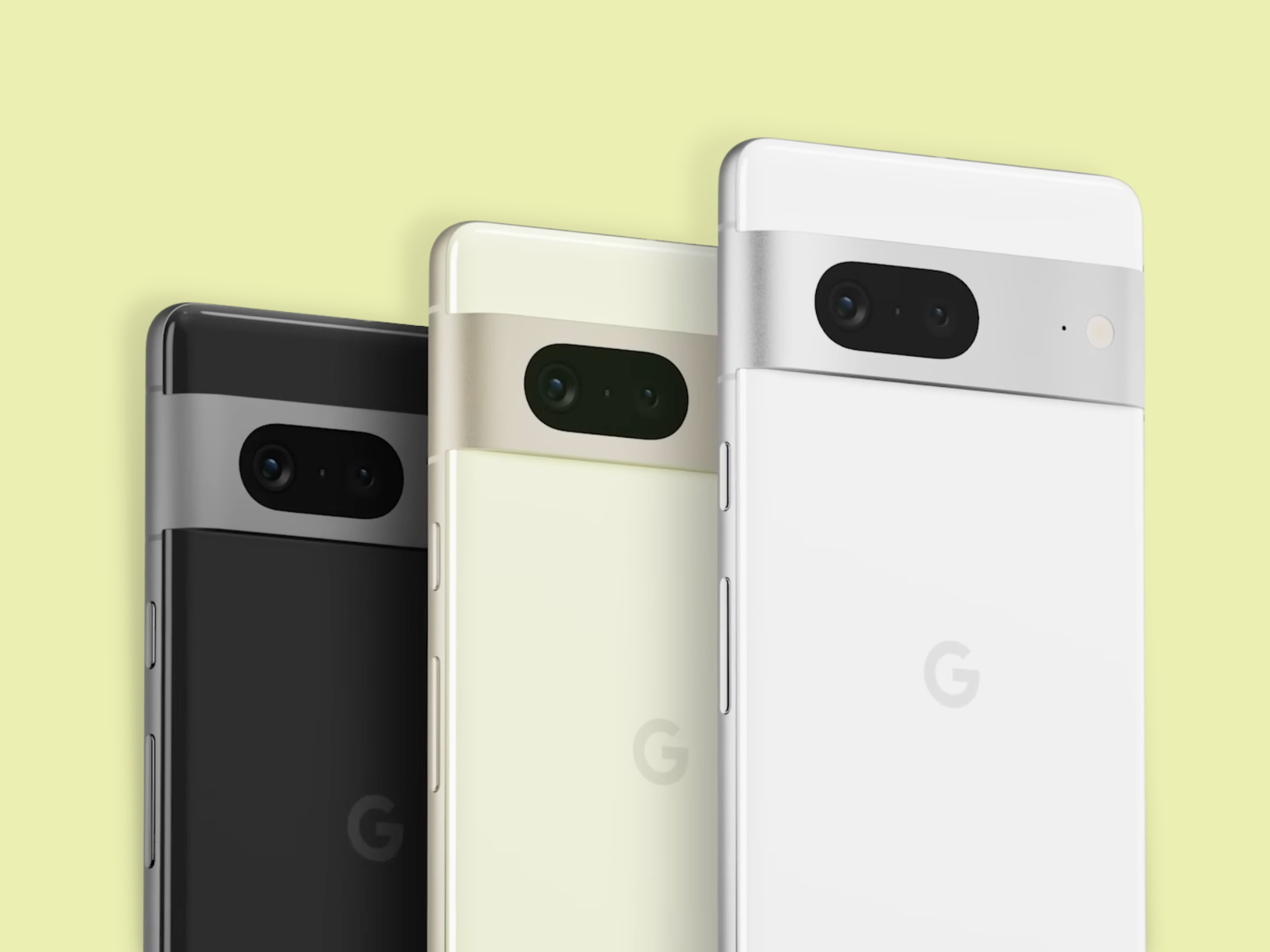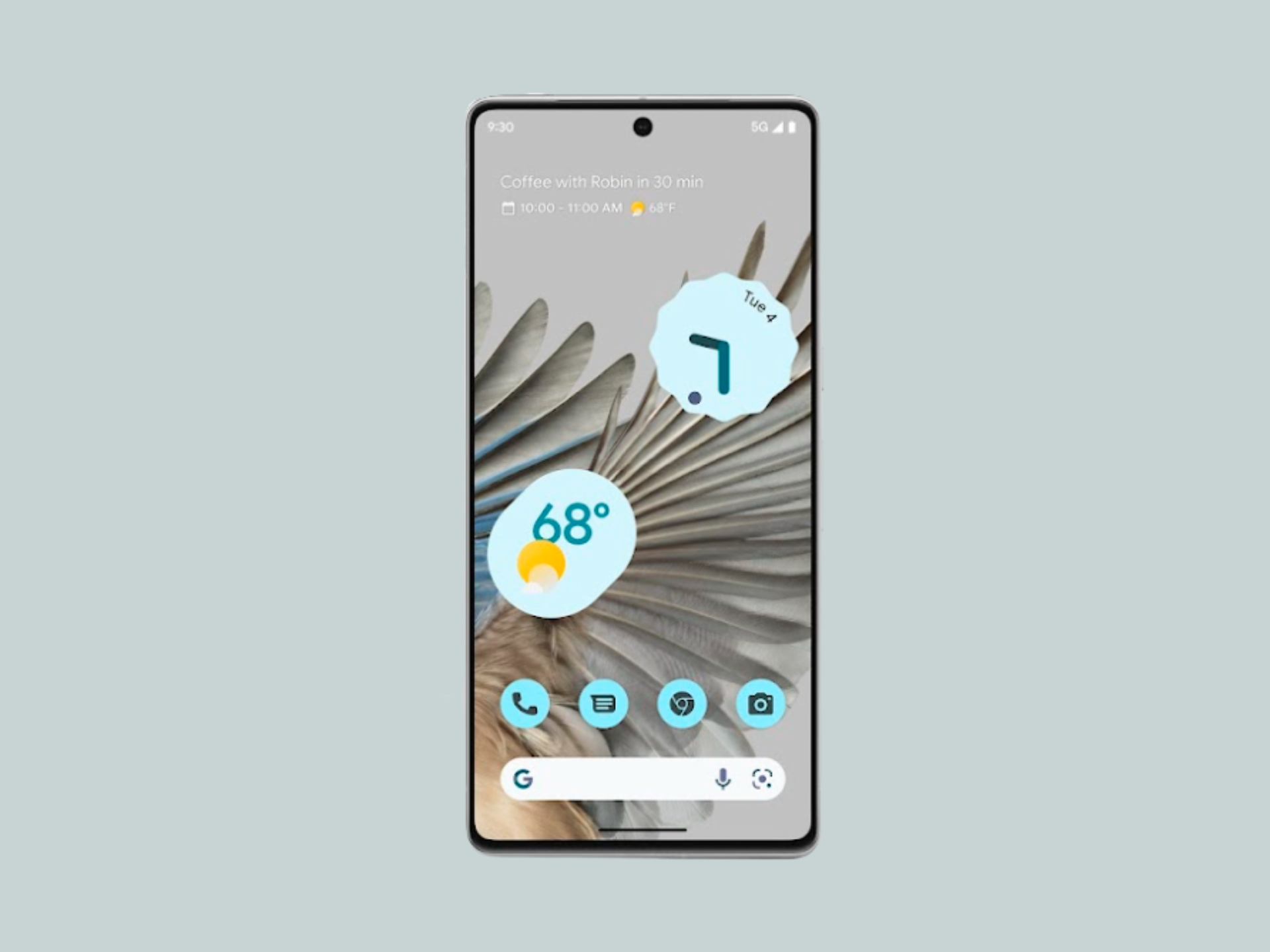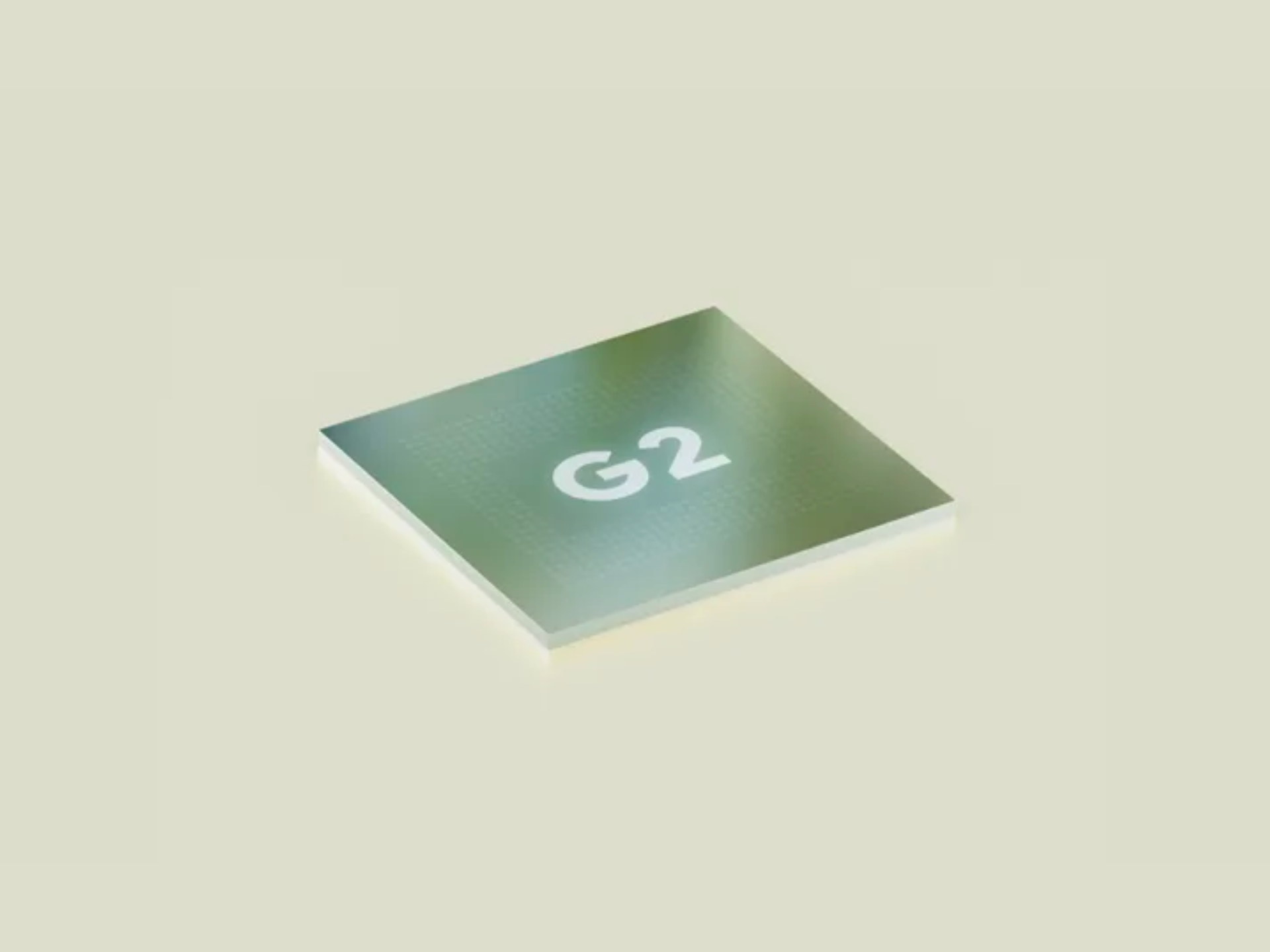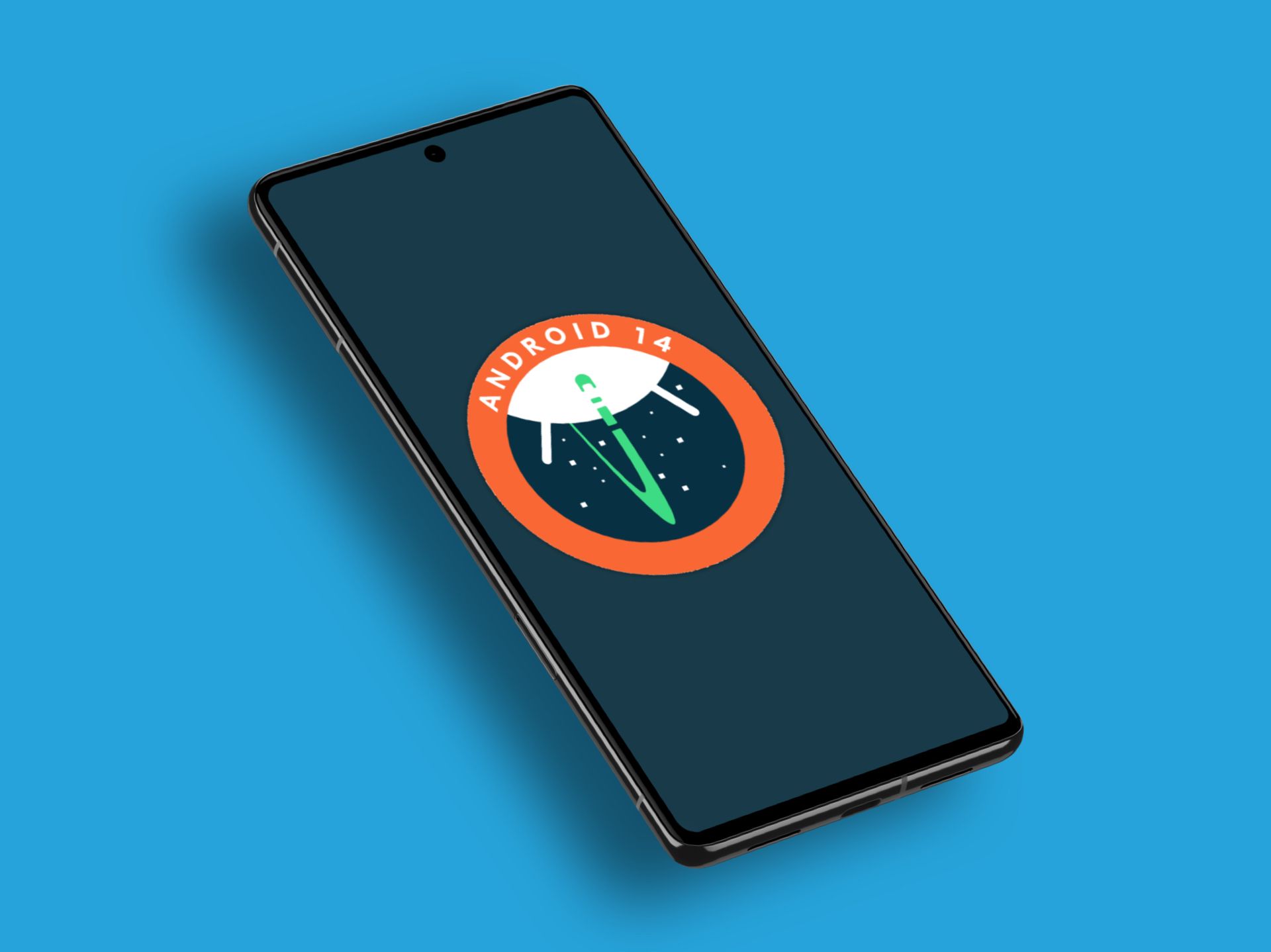The Google Pixel 7 is an excellent affordable device, and Google finally took a step back and decided its time to take the smartphone business more seriously. As a result, the Pixel 7 series became the best Pixel phones to date. They have excellent and powerful hardware, outstanding camera performance, and no flaws and issues we’ve seen in previous generations.
We decided to take a closer look at the smaller Pixel 7 smartphone, and tell you why you should consider buying it right now. It’s worth keeping in mind that the Pixel 7 Pro is still recommended for those wanting to take capture photos from a distance due to its telephoto, and those who prefer larger devices with considerably larger batteries, and a 120Hz display. With that out of the way, here are four reasons to buy the Pixel 7.
Unbelievably low price
Google often offers discounts and other savings on its flagship devices, and the Pixel 7 has received massive cuts and bundle deals in recent months. As a result, the device can usually be bought for $100 and $300 less than its MSRP. The Pixel 7 with 128GB has a retail price of $599.99, but at the time of writing, it’s available for just $449 at Amazon.
The 256GB model retails for $669; likewise, it’s available for just $549 at Amazon. Other retailers like BestBuy also offer similar, and sometimes even better discounts. Carriers usually provide other deals and bundles to entice and convince users to upgrade and purchase one of the two Pixel flagships.
Compared to the Google Pixel 6a, which has an MSRP of $449, it offers a better camera setup, a more responsive display, the option to charge wirelessly, and many more improvements. That said, the Pixel 6a is still an excellent device, and we recently answered whether you should buy the Google Pixel 6a now or wait for the Pixel 7a.
Improved camera performance
Pixel smartphones were always the best camera phones on the market, and the Pixel 7 proves that Google’s still in the game. The latest Pixel 7 comes with a 50MP, 1/9 primary sensor, and a 12MP, f/2.2 ultrawide. Unfortunately, it doesn’t come with a telephoto sensor, but if you really want to zoom in 2-3x, Google has an excellent algorithm that’ll provide usable and impressive results.
The primary sensor provides excellent performance in all lighting conditions, whether you’re in a dimly lit place, outside at night, or out and about on a hot summer day. The camera captures impressive colors with plenty of detail, and Google added additional optimizations to enhance color accuracy.
Great hardware
The hardware of the Google Pixel 7 is excellent. Its sleek-looking, and modern approach stands out among the myriad of great smartphones on the market. The Pixel 7 is powered by Google’s own Tensor G2 chipset, which might not be as powerful as the Snapdragon 8 Gen 2, but still holds up well, allowing you to multitask and play graphics-intensive games with ease. The phone also doesn’t heat up, and it has a large 6.3-inch AMOLED display with 90Hz refresh rate. The panel supports HDR10+, and it has 1,400 nits of peak brightness, resolving previous issues where older Pixels weren’t bright enough in direct sunlight.
The Pixel 7 is fairly compact by today’s standards, especially when compared to other competitive flagships. It’s easy to use with one hand and comfortable, even for those with small hands. You can easily reach the top of the display without doing a lot of gymnastics.
As for the rest of the hardware, it’s the first time we can’t just go ahead and write an essay about how bad the Pixel is, and that it’s flawed with issues. Google finally did it, and it made a smartphone that didn’t have any hardware and major software issues. Everything works, as it’s supposed to, and the Pixel 7 is one of the easiest devices to recommend due to its great performance, hardware, and decent battery life.
We’re also happy to see the company’s decisions regarding the Pixel 7 series. However, we’d prefer better battery life, a telephoto sensor, faster charging, and a 120Hz refresh rate display on the smaller Pixel. We can’t always get everything, but the Pixel 7 is certainly an excellent smartphone, and Google is on the right path. We have high hopes for the upcoming Pixel 8 series, expected to launch later in 2023.
Timely software & security updates
One of the main reasons many people consider buying Pixel smartphones is the added bonus of receiving updates directly from Google. The Pixel 7 keeps that tradition, receiving monthly security patches straight from Google. Some regions might still force Google to approve the software update from carriers. Still, if you buy the Pixel 7, you’ll always receive the latest security updates, Pixel drop-feature updates, and you’ll always be rocking the latest OS update. The Pixel 7 series will also be among the first devices to receive the Android 14 OS update later this year.
The only area where Google could shine a bit more is the length of time it supports its smartphones. As it stands, Google provides three years of OS updates, and five years of monthly security updates. This means that the Pixel 7 should continue to receive updates until Android 16, and security patches until 2027.
In contrast, Samsung provides four years of OS updates, and five years of security updates. We wish Google provided the same update commitment as some other manufacturers, but as things stand today, it’s still a lot better than it was a few years ago.
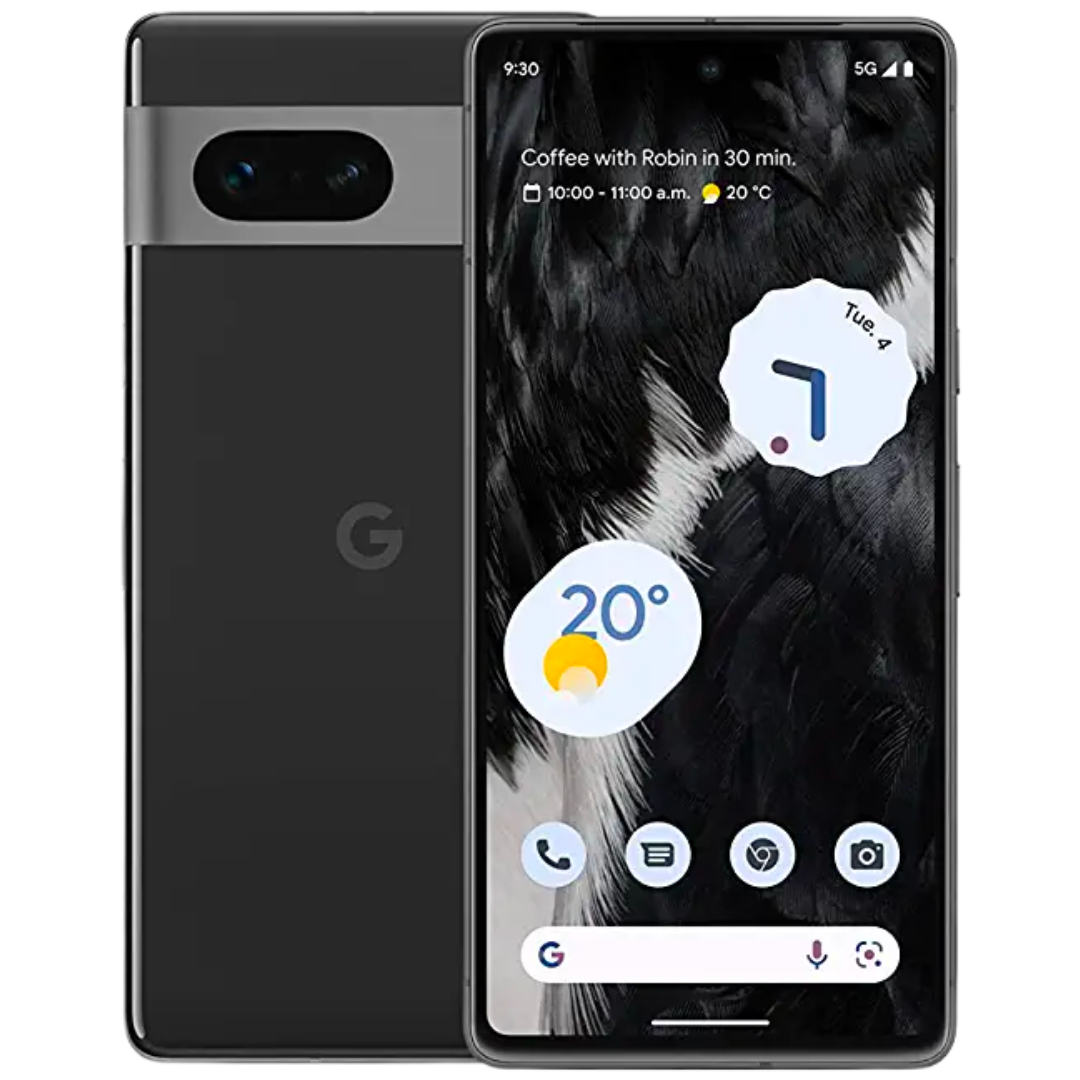
Google Pixel 7
The new Google Pixel 7 is powered by the all-new Google Tensor G2 chipset. The device is coupled with 8GB of memory, and it has 128/256GB storage tiers. The phone comes with a significantly improved camera system, and it’s more portable than the last generation. The Pixel 7 is available in Obsidian, Lemongrass, and Snow colors.


